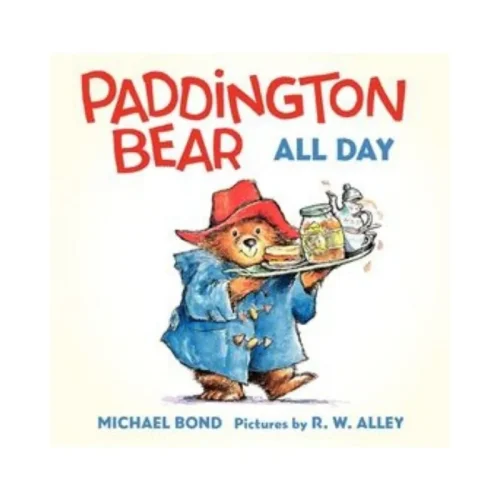Description
Inspiring lectures and demonstrations by Adam Andrews include live readings of Mark Twain, Rudyard Kipling, Leo Tolstoy, Beatrix Potter, and more. The syllabus notebook included with the course contains everything a teacher needs to conduct powerful literary discussions, including our exclusive Socratic List – a set of 173 graded discussion questions that can be used with any story in the world. Questions on the list are arranged in order of difficulty: from elementary questions which ask for the mere facts of a story to advanced questions which require discussion of transcendent themes. Properly employed, this list can help teachers engage their classes in important discussions of ideas, and also provide a rich resource for essay assignments.
The complete set includes:
- Eight one-hour DVD presentations by Adam Andrews
- A 120-page syllabus notebook with complete teacher resources
- Full texts of all stories used in the seminar
- Our exclusive Socratic list of 173 discussion questions applicable to any story
- In-depth essays on Conflict, Plot, Setting, Characters, Theme, and Context
- Annotated readings lists for students of all ages
- Reproducible story charts for classroom use
- Scope and sequence models
- Daily lesson plans
- Glossary of literary devices
- Suggestions for writing assignments
- Video FAQ session with Adam Andrews
Running time: 7 hours 38 minutes
Syllabus page count: 120
WHAT’S NEW IN THE SECOND EDITION?
CenterForLit re-filmed Teaching the Classics in 2016 using high quality video and audio. We also redesigned, revised, and expanded the syllabus notebook. The second edition now includes the following features:
- Eight one-hour DVD sessions featuring 2+ hours of additional content:
- Line-by-line explanations of each question on the Socratic List
- Extended discussions of teaching philosophy and techniques
- Additional tips for teachers on lesson planning and scope & sequence development
- A live “FAQ” discussion addressing common teacher questions
- Live readings of classic stories with first edition illustrations by the original artists
- Music from Mozart’s Piano Concerto in D Minor
- A 120-page syllabus notebook featuring 25 pages of additional content:
- Expanded discussion notes for each DVD session
- A reorganized Socratic List of discussion questions
- A revised bibliography of recommended books for students of all ages
- Expanded lists of literary devices, terms, and definitions
- Links to new supplemental resources designed for the Teaching the Classics method
IMPORTANT NOTE: Teaching the Classics, Second Edition (2017) presents the same tried and true method for reading and discussing literature that has been helping parents and teachers since 2004. Though the presentation has been significantly updated, seminar alumni investigating the new edition will find the essential techniques unchanged.
Click here for extra workbooks.
For lesson plans to get you started using Teaching the Classics, click here.


















ahillehmimi (verified owner) –
Absolutely thrilled with this purchase. It is such a great help as I read and teach my children.